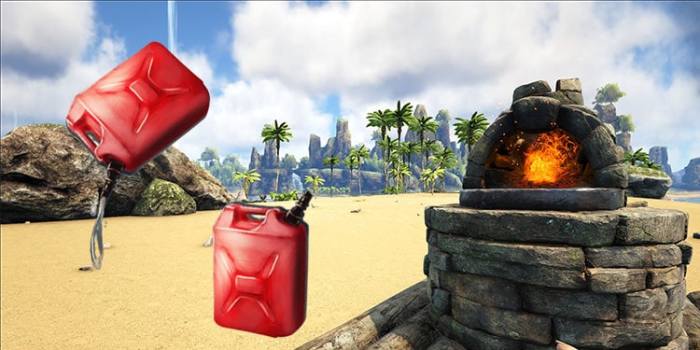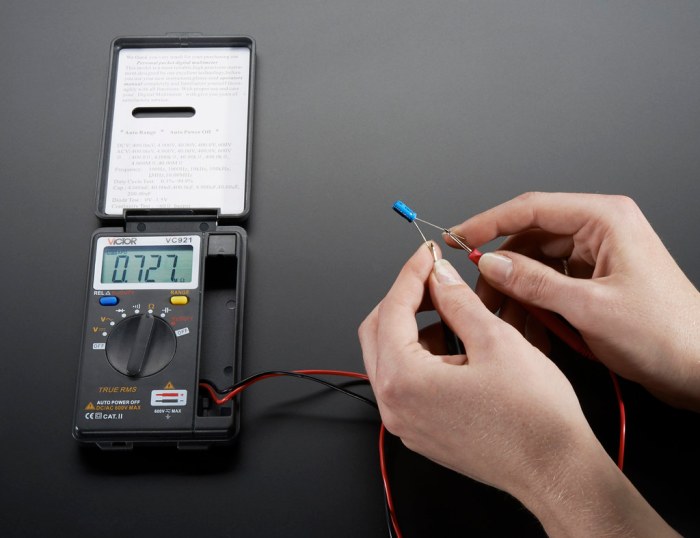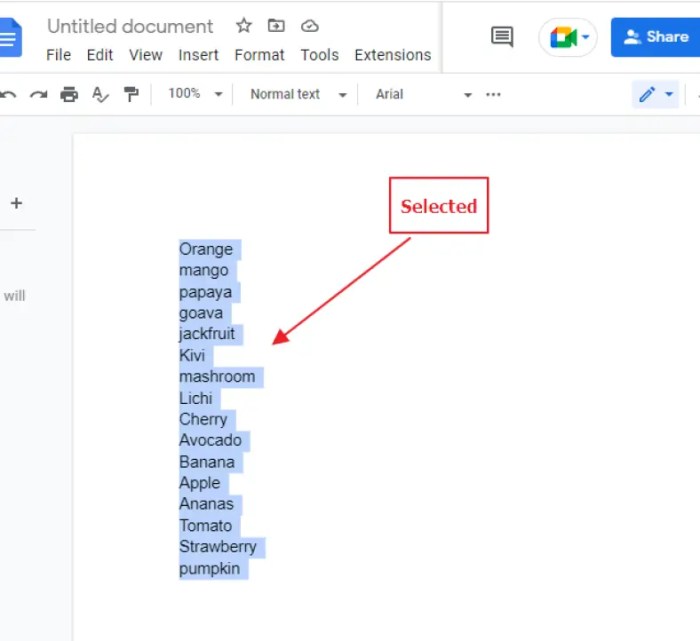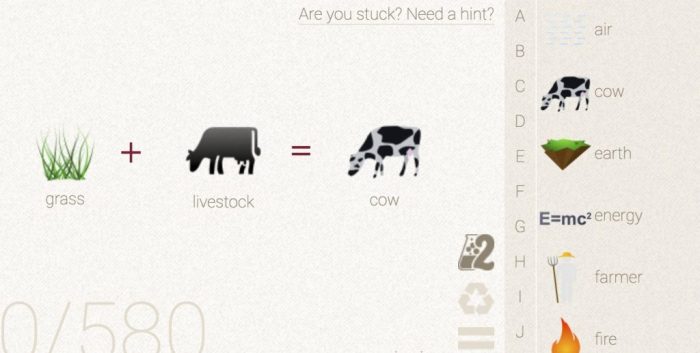
In the vast and unforgiving world of Ark: Survival Evolved, gasoline serves as a vital resource for powering vehicles, machinery, and other essential devices. Crafting gasoline in Ark requires a careful process that involves gathering materials, constructing a refinery, and following a precise recipe.
This guide will provide you with a step-by-step walkthrough of the entire process, ensuring that you have a steady supply of gasoline to fuel your adventures.
From the necessary materials to the crafting process itself, we will cover every aspect of gasoline production in Ark. Additionally, we will explore alternative methods of obtaining gasoline, discuss safety precautions, and offer valuable tips and tricks to optimize your gasoline yield.
Materials and Equipment
To craft gasoline in Ark, you’ll need to gather the following materials and equipment:
- Oil: Oil is the primary ingredient in gasoline. It can be harvested from oil rocks found in various locations on the map.
- Hide: Hide is used to create the Waterskin, which is essential for transporting oil.
- Metal Ingot: Metal Ingots are used to craft the Mortar and Pestle, which is used to refine oil into gasoline.
- Wood: Wood is used to create the Campfire, which is used to boil oil during the refining process.
- Flint: Flint is used to create the Sparkplug, which is a key component in the crafting of gasoline.
- Sparkpowder: Sparkpowder is used to ignite the Campfire, starting the gasoline refining process.
Gathering Resources

The production of gasoline in Ark: Survival Evolved necessitates the acquisition of three essential resources: oil, water, and sparkplugs. These resources are distributed throughout the game’s diverse biomes, and understanding their locations and optimal extraction methods is crucial for efficient gasoline production.
Oil
- Oil is primarily obtained from oil nodes, which are abundant in the desert regions of the map.
- These nodes resemble large, black rocks and can be harvested using a pickaxe or hatchet.
- Oil can also be extracted from oil pumps, which are structures that can be placed near oil nodes to automate the extraction process.
Water
- Water is readily available in rivers, lakes, and other bodies of water throughout the map.
- It can be collected using a waterskin, which can be crafted from animal hide.
- Alternatively, water can be collected from water pumps, which can be placed near water sources to provide a continuous supply.
Sparkplugs
- Sparkplugs are rare items that can be found in loot crates and supply drops.
- They can also be obtained by defeating certain creatures, such as the Alpha Rex.
- Sparkplugs are essential for the operation of the gasoline generator, which is used to convert oil and water into gasoline.
Creating the Refinery

To create a refinery in Ark, follow these steps:
- Place a Fabricator.
- Place a Generator near the Fabricator and connect them with wires.
- Place a Chemistry Bench near the Fabricator and connect it with wires.
- Open the Fabricator’s inventory and select the “Refining” tab.
- Select the type of fuel you want to produce (e.g., Gasoline, Biofuel).
- Place the required resources (e.g., Oil, Hide) in the Fabricator’s inventory.
- Start the refining process by pressing the “Start Refining” button.
The refinery will now produce the selected fuel over time. The production rate depends on the type of fuel being produced and the efficiency of the Fabricator, Generator, and Chemistry Bench.
Crafting the Gasoline

Crafting gasoline in Ark involves a straightforward process that utilizes a Refinery. The process requires specific materials and follows a set of steps to successfully produce gasoline.
Crafting Recipe
To craft gasoline, you will need the following materials:
- 10x Oil
- 1x Sparkplug
- 1x Hide
- 10x Metal Ingot
Crafting Process
Once you have gathered the necessary materials, follow these steps to craft gasoline:
- Place all the materials in the Refinery’s inventory.
- Activate the Refinery by providing it with fuel, such as Wood or Charcoal.
- The Refinery will start processing the materials and produce gasoline over time.
- Once the process is complete, you can collect the gasoline from the Refinery’s output inventory.
Storing the Gasoline
Gasoline in Ark can be stored in various containers, each with its advantages and disadvantages.One of the most common methods is to use Jerry Cans. These are portable containers that can hold up to 20 units of gasoline. They are relatively easy to find and can be carried in a player’s inventory.
However, they are not very durable and can be easily damaged, leading to spillage.Another option is to use Barrels. Barrels can hold up to 100 units of gasoline and are more durable than Jerry Cans. They can be placed on the ground or on platforms for easy access.
However, they are more difficult to transport than Jerry Cans and require a dedicated storage area.Finally, players can also use Industrial Storage Boxes to store gasoline. These boxes can hold up to 300 units of gasoline and are very durable.
They are also stackable, making them a great option for storing large amounts of gasoline in a compact space. However, they are also the most expensive option and require a significant investment of resources to craft.
Precautions to Take
When storing gasoline in Ark, it is important to take precautions to prevent spoilage or contamination. Gasoline can degrade over time, especially if it is exposed to heat or sunlight. It is important to store gasoline in a cool, dark place.
Additionally, gasoline can be contaminated by water or other impurities. It is important to keep containers sealed tightly to prevent contamination.
Using the Gasoline

Gasoline is a versatile fuel with various applications in Ark. It serves as the primary fuel source for several vehicles, machinery, and devices that facilitate exploration, transportation, and survival on the island.
Vehicles
Gasoline powers a range of vehicles in Ark, including:
- Motorcycles: Agile and speedy, ideal for quick travel and reconnaissance.
- Cars: Provide protection and comfort, suitable for long-distance journeys and transporting resources.
- ATVs: All-terrain vehicles with enhanced maneuverability and off-road capabilities.
- Motorboats: Essential for traversing bodies of water, fishing, and exploring coastal areas.
Machinery
Gasoline-powered machinery plays a crucial role in Ark’s survival and resource gathering:
- Generators: Provide electricity for powering electrical devices, lighting structures, and operating machinery.
- Pumps: Used for extracting water from sources and irrigating crops.
- Fabricators: Essential for crafting advanced items, tools, and weapons.
- Industrial Forges: High-temperature furnaces used for smelting and forging metal.
Other Devices
In addition to vehicles and machinery, gasoline also fuels various other devices in Ark:
- Lanterns: Portable light sources for illuminating dark areas and nighttime exploration.
- Torches: Handheld flamethrowers used for defense, hunting, and clearing vegetation.
- Ziplines: Gasoline-powered propulsion systems for traversing long distances and accessing elevated areas.
- Traps: Devices baited with gasoline to lure and capture wild creatures.
Alternative Methods

In addition to crafting gasoline at a Refinery, there are alternative methods to obtain this valuable resource in Ark:
Trading
Trading with other players or non-player characters (NPCs) is an alternative way to acquire gasoline.
- Advantages:
- Can save time and resources compared to crafting.
- Allows for bulk purchases, especially useful for large-scale operations.
- Disadvantages:
- Relies on finding a willing trader with gasoline to spare.
- May require valuable items or resources in exchange.
Looting
Searching supply drops, crates, and abandoned structures can sometimes yield gasoline.
- Advantages:
- No crafting or trading required.
- Can be a source of additional resources and items.
- Disadvantages:
- Relies on luck and chance to find gasoline.
- May involve risks, such as encountering hostile creatures or players.
Safety Precautions
Gasoline is a highly flammable liquid, and it is important to take precautions when handling it. Failure to do so could result in a fire or explosion.Here are some of the safety precautions that must be taken when handling gasoline in Ark:* Never smoke or use open flames around gasoline.
- Keep gasoline away from heat and sparks.
- Do not store gasoline in open containers.
- Always use a funnel when pouring gasoline.
- Do not overfill gasoline containers.
- Store gasoline in a cool, well-ventilated area.
- Keep gasoline out of reach of children.
Potential Hazards
The potential hazards associated with gasoline include:* Fire: Gasoline is highly flammable, and it can easily ignite if it comes into contact with a spark or flame.
Explosion
Gasoline vapors can form an explosive mixture with air, and this mixture can be ignited by a spark or flame.
Asphyxiation
Gasoline vapors can be harmful if inhaled, and they can cause dizziness, nausea, and vomiting.
Skin irritation
Gasoline can irritate the skin, and it can cause redness, itching, and blistering.
Eye irritation
Gasoline can irritate the eyes, and it can cause redness, watering, and pain.
Minimizing Risks
The following measures can be taken to minimize the risks associated with gasoline:* Use gasoline only in well-ventilated areas.
- Wear gloves and eye protection when handling gasoline.
- Avoid spilling gasoline on your skin or clothing.
- If gasoline does spill on your skin or clothing, wash it off immediately with soap and water.
- Keep gasoline away from children and pets.
- Store gasoline in a safe and secure location.
By following these safety precautions, you can help to prevent accidents and injuries when handling gasoline in Ark.
Troubleshooting

Gasoline production in Ark can sometimes encounter issues. Understanding the potential problems and their solutions will help ensure a successful crafting process.
This guide will provide insights into the common challenges faced during gasoline creation, including failed crafting attempts and low gasoline yield, offering effective solutions to resolve these problems.
Causes and Solutions for Failed Crafting
- Incorrect Ingredients: Ensure the correct proportions of Oil, Sparkpowder, and Hide are used as per the recipe.
- Insufficient Resources: Verify that you have enough of all the required resources in your inventory before attempting to craft gasoline.
- Crafting Station Error: Check if the Industrial Forge is powered and has sufficient fuel to complete the crafting process.
Causes and Solutions for Low Gasoline Yield
- Inefficient Crafting: Use a higher-quality Industrial Forge to increase the gasoline yield.
- Resource Quality: Higher-quality Oil and Hide will result in a higher gasoline yield.
- Crafting Bonus: Utilize the “Crafting Skill” bonus from certain items or character attributes to enhance the gasoline yield.
Tips and Tricks
Mastering the art of gasoline production in Ark requires a combination of efficiency and resourcefulness. Here are some valuable tips and tricks to enhance your gasoline-making process:
Optimizing Efficiency
- Craft a higher-tier Refinery: A higher-tier Refinery (e.g., Industrial Refinery) processes resources faster, reducing production time and increasing gasoline yield.
- Use a Gas Collector: A Gas Collector collects excess gas from the Refinery, preventing waste and maximizing gasoline production.
- Place the Refinery near resource nodes: Proximity to Oil Rocks or Natural Gas Veins minimizes travel time and optimizes resource gathering.
Saving Resources
- Refine only when necessary: Avoid over-refining and only refine resources when you need gasoline to prevent unnecessary resource consumption.
- Craft multiple Refineries: Having multiple Refineries allows for parallel processing, increasing gasoline production without additional resource consumption.
- Utilize Refining Stations: Refining Stations can be used to refine Oil into Petroleum, which can then be refined into Gasoline, saving resources compared to refining Oil directly.
Maximizing Gasoline Production
- Upgrade the Refinery: Upgrading the Refinery with blueprints improves its efficiency and gasoline yield.
- Use high-quality resources: Refining higher-quality Oil or Natural Gas produces more Gasoline.
- Maintain the Refinery: Regularly repairing and fueling the Refinery ensures optimal performance and prevents production interruptions.
Final Thoughts
Mastering the art of gasoline crafting in Ark not only enhances your survival but also opens up new possibilities for exploration and conquest. With a reliable supply of gasoline, you can traverse vast distances, operate powerful machinery, and experience the full potential of this immersive and challenging game.
So, gather your materials, prepare your refinery, and embark on the journey of becoming a gasoline-crafting expert in Ark.







